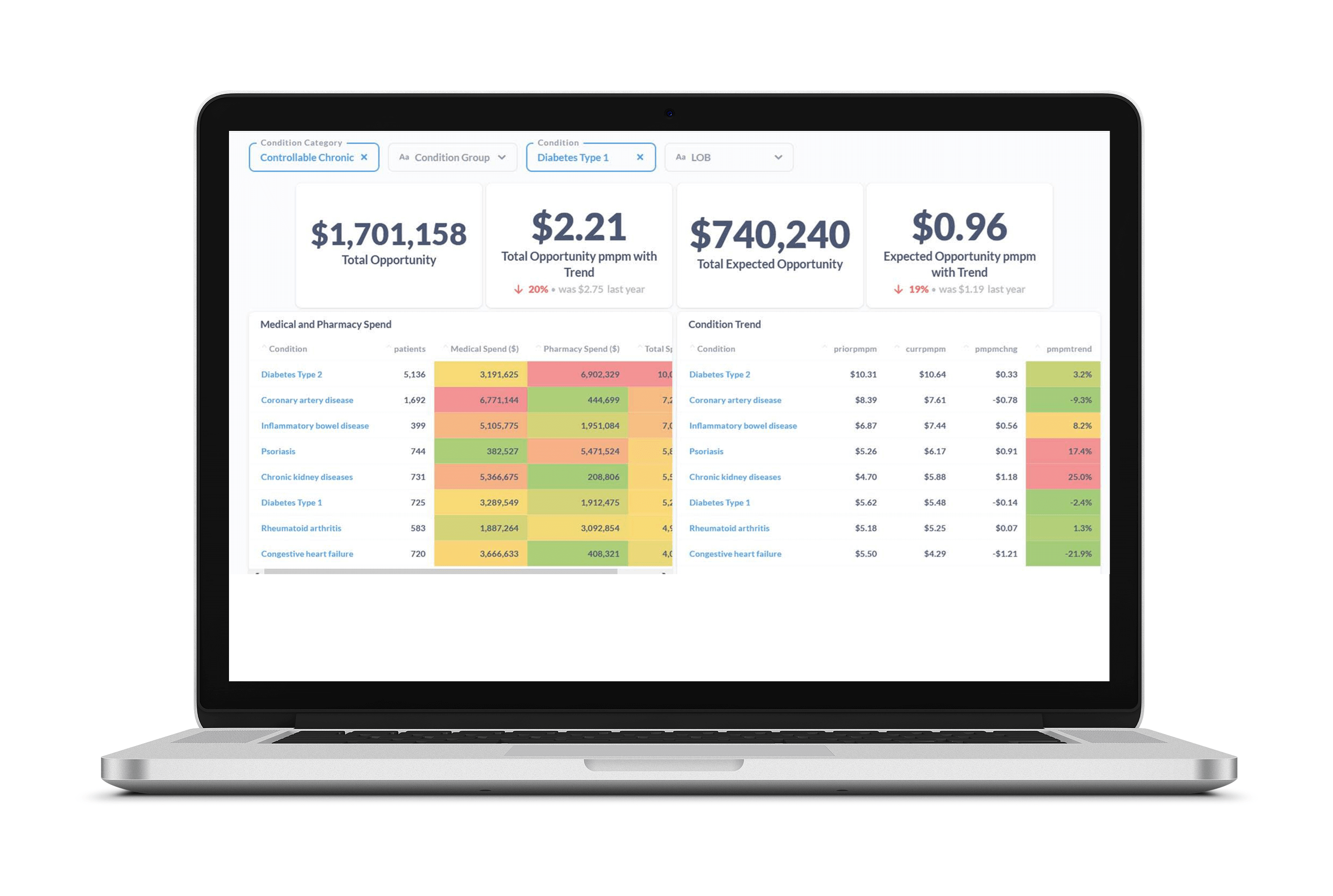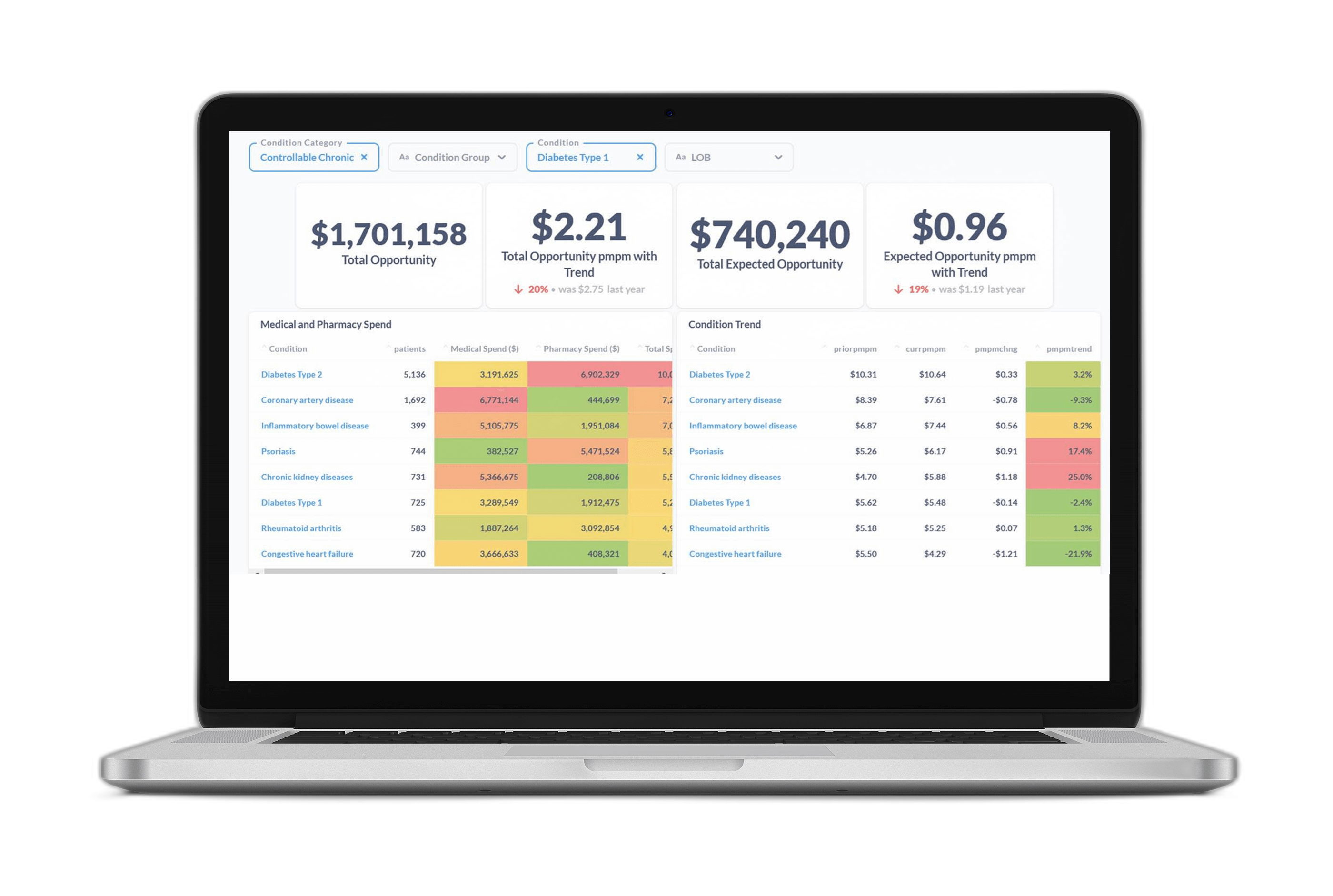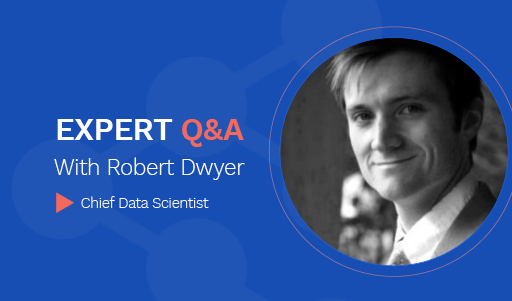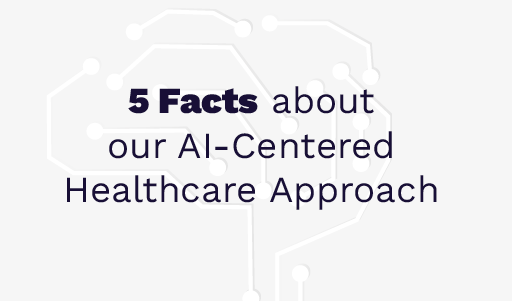You’ve probably heard a lot of buzz about how predictive analytics can help you optimize your benefits program and choose the most effective point solutions.
But what does “predictive analytics” actually mean, and how can it help your employees and their families?
We sat down with our Chief Data Scientist, Robert Dwyer, PhD., to help answer that question.
Q: Hi, Rob. First things first: How would you define “predictive analytics?”
Rob: Hello! Predictive analytics is the use of advanced machine learning and modeling to see into the future. For example, our predictive analytics platform looks at historical data and leverages AI-powered statistical modeling to determine future outcomes for individual employees as well as recognize and predict trends within workforce’s.
Q: How does this differ from more traditional approaches to benefit design?
Rob: Employers are used to having certain key performance indicators in place and getting reports on how their programs perform year over year. By looking at a program’s trends over the past year, you are able to see where you need to invest to keep your population healthy and manage costs. A lot of data warehouse and analytic vendors have these reports, but they are basic KPI-style metrics that only look at the past.
What predictive analytics does is bring a stronger approach to that reporting. It produces more quantitative, more accurate insights that allow employers to be more proactive rather than reactive. For example, with predictive analytics, you don’t have to wait until the first diabetes claim comes in to tell an employee about a diabetes management program or solution that would help the employee manage diabetes. You can get ahead of the diagnosis because predictive modeling can tell you that someone is on a path toward becoming diabetic. This approach gives benefit managers confidence in their preventive investments, such as programs that support healthy eating, exercise, or stress management. With predictive analytics, it’s all about prevention. The focus is getting ahead of the high cost event and the potential cost. And that involves predicting behaviors.

Q: How does predictive analytics help with evaluating programs and point solutions that are offered through a benefits plan?
Rob: At the end of the year, you want to know how well a program performed. And it’s really hard to judge that because costs are always increasing. You want to argue that costs would’ve increased more without a specific program.
With most data warehouse and analytic vendors, you can see correlated changes in program engagement and cost over time. But when you just look at that year-over-year trend, you can’t really tell what the real impact of your program is, because there are so many other factors besides the program that affect cost.
This is where machine learning models come in. You can use models to untangle the effect of other variables and changes in benefit and environment. This allows benefits teams and advisors to accurately see how these programs performed both in how they helped improve the health of a population and positively impacted ROI.
Our predictive models tell you exactly how much you’re saving, or could save. We calculate the dollar value of existing outreach programs and the potential dollar value if you were to implement an outreach program. For example, we can calculate who is most likely to positively respond to education around taking their prescribed medication, and what’s the potential ROI for getting an employee to take that medication.
Q: How about selecting the right programs for your employees and their families? How does predictive analytics help with that?
Rob: Predictive analytics helps you and your point solution providers identify those members who are most in need of outreach across different areas. To do this, you need to go beyond just clinical risk. For example, our machine learning models can also take into account other factors like Social Determinants of Health and which employees are most likely to engage with outreach and modify their behaviors. We are not just looking at what conditions a person has, but what opportunities there are to better manage their health.
By doing this, you receive a better list of employees to outreach to, which can be shared with your solution providers, allowing you and your partners to have the greatest impact on your population. It’s not just about who is at the greatest risk for a health event, but also who is most likely to respond to outreach that could help prevent the negative health event.
Q: At the population level, how do you increase impact?
Rob: With predictive analytics, employers get a holistic picture to identify where programs might not just be needed but most useful. You can use this intelligence with your existing vendors and also when selecting new vendors.
Predictive models can help you see things such as which geographies are most likely to see benefit from a new program and which sectors of the company are best correlated to benefit design so you know where investments would make the most impact. We can also help you identify which educational or outreach health programs you want to put in place to boost productivity and employee well-being.
Interested in learning more about how predictive analytics can help make your employees healthier, happier, and more productive?









